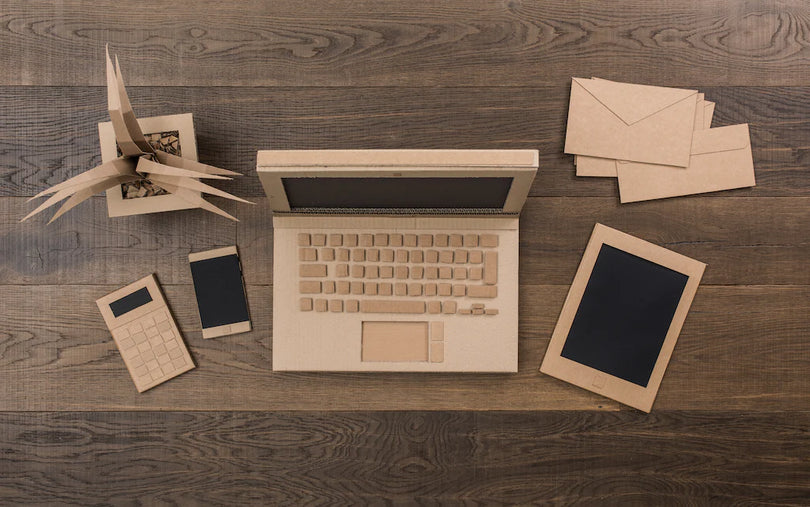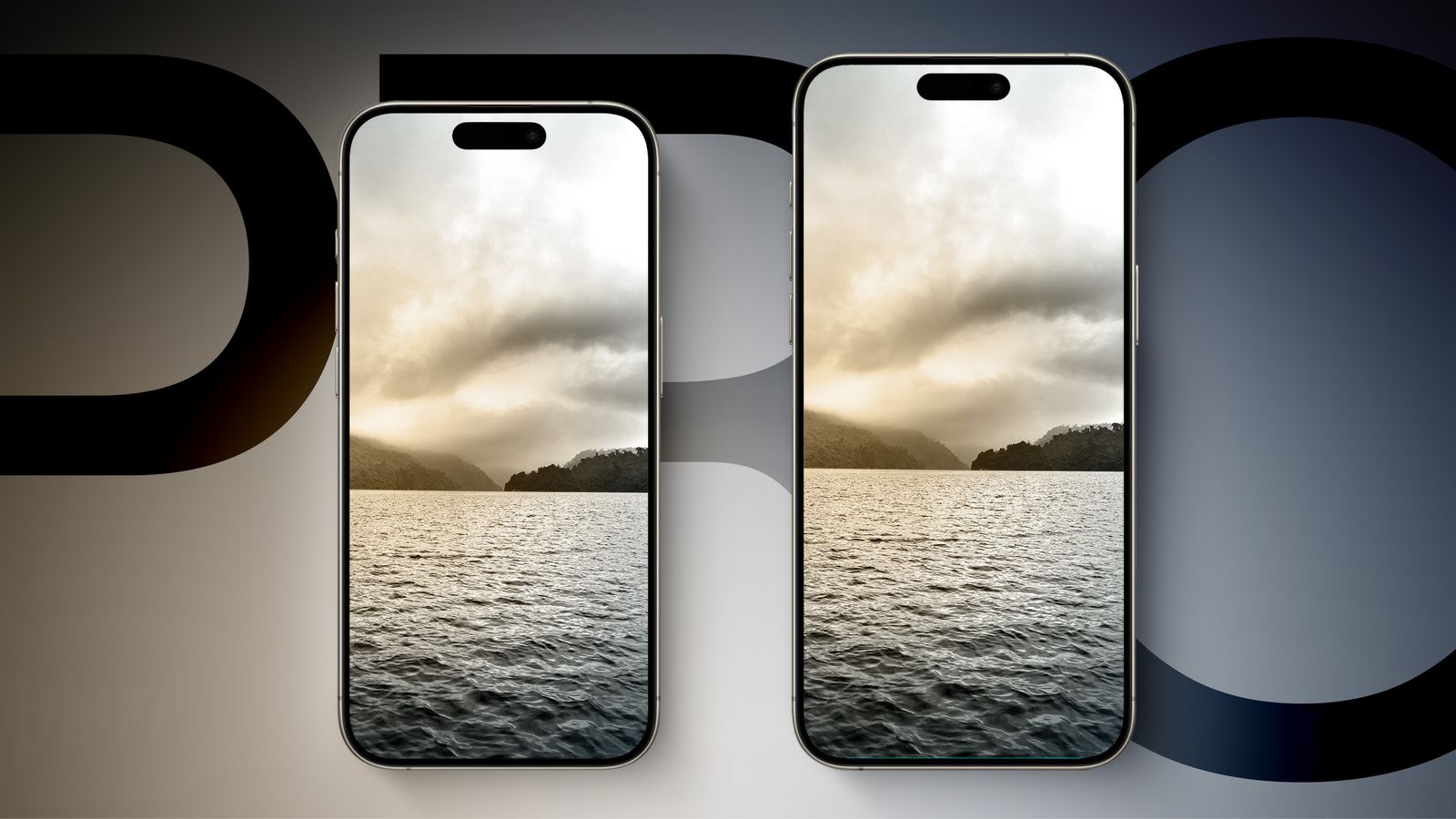Since the Covid-19 pandemic hit, more and more people are finding the most efficient ways to use their computers. For people who work from home, integrating additional monitors to their workstations has been an especially attractive option to make the best use of their time and desktop space. If you did not think it would be plausible to play videogames while finishing up a design draft for work or if you are an employer wanting to have a zoom meeting with your team while also working on a proposal, this article might interest you. While the demand for dual monitors is still on the rise, we are taking it upon us to break down the complicated process of setting them up. Whether you own a Mac or Windows computer, we are hoping this article simplifies the process for you.
Windows
For a Windows computer, the first step of achieving the ultimate workstation is to simply set both your monitors – the primary, and the secondary. This is as easy as right-clicking on your desktop on “Display” and selecting one monitor to be your primary monitor, having the second one as your secondary monitor by default. The available monitors will appear as numbered blue boxes on the resulting dialogue box. Once you have decided which blue box you like better, all you have to do is check the box that says, “Make this my main display”, and then clicking “Apply” to finalise you decision.
The next step is setting the monitor resolution. Though it sounds complicated, this step is rather simple, as well. To set the resolution, simply right-click on your desktop, go to “Display”, and pick one of the aforementioned blue boxes to adjust. Next, click the “Advanced display settings” link which should be on the bottom of the dialogue box. From here, click the drop-down menu labelled “Resolution” and select a resolution of your liking. To confirm, click “Apply” just as in the previous step.
The third step is to set the style in which you want you monitor(s) to be displayed. This can be done by – again, clicking right on your desktop and selecting “Display”, where the blue boxes will again appear. Next, go on the drop-down menu that says “Multiple displays” where multiple options will appear for you to choose from. If you are looking to enable the secondary monitor display to mirror the primary monitor, select the option that says “Duplicate these displays”. If you are a more adventurous person looking to expand your desktop into two monitors, the obvious choice would be to pick “Extend these displays”. You also have the option to use either monitor ‘1’ or monitor ‘2’ and disable the one you are not using by clicking either “Show only 1” or “Show only 2” depending on which monitor you would prefer to use. When you are done choosing you style, seal the deal by clicking “Apply”.
The final step is to set the positions of your dual monitors. This can be done by right-clicking on your desktop to go to “Display” to see your monitors or the numbered blue boxes. Next, if you want your mouse to scroll from left to right across the two monitors, make sure your monitor ‘1’ or the blue box numbered ‘1’ is on the left and vice versa. To change the position of the monitor, simply click and drag the monitors to reach your desired position. If this is a bit confusing, and you are unsure about which monitor is which, simply click the “Identify” link which will enable the assigned monitor number to appear on the screens itself. When the positions are finalized, click “Apply” to confirm.
Mac
If you are a Mac user looking to broaden your horizons, the first thing to consider is whether your Mac supports the monitor you are looking to integrate. While most Macs can run and even exceed 1080p on multiple monitors, it is also important to consider whether your Mac will be able to support an additional 4K display. If you want to confirm, technical specifications are laid out on Apple’s website and can be accessed by typing your Mac’s model and year into the search bar. From here, click “Support” and click the listing in the results. Next, scroll to the “Video Support” section and find “Dual display and video mirroring”, and see if the resolution you want on your secondary monitor is supported by the primary one.
It is also worth noting that Macs with the M1 chip can only support one Thunderbolt/USB 4 monitor at once. If you wish to add a second monitor to the M1 Mac mini, you have to use an HDMI port while M1 MacBooks and MacBook Pro models can use an external monitor and their built-in displays simultaneously.
Once you have acquired a compatible second monitor, and the necessary cables along with their adapters, the first step is to set them up by connecting the second monitor to your Mac. Next, position the monitors on your workstation in a formation of your choosing.

After this, you can turn your Mac on, which will trigger the automatic detection and activation of the second monitor. The only thing left to do is to tweak the settings to your liking.
This can be done by clicking on the Apple menu icon on the top left corner and going to “System Preferences” and then clicking on “Displays”. Next, on your main display, click “Arrangement”. If the “Mirror displays” box is checked, both your monitors will show the same thing. If you wish to change this, simply uncheck the box.
Next, you can change the positioning of your displays by dragging the secondary monitor icon on the diagram on your main display. After this step, you and your dual monitors are pretty much ready to conquer the world - if that is what you choose to do with them, of course. However, before conquering anything, make sure the imaging on both displays looks proportionate, with no odd stretching, squashing, or discolouration. If anything looks off, click “Scaled” and change the resolution of your display. For best results, select the native resolution of the monitor. If everything looks good, you are good to go.






